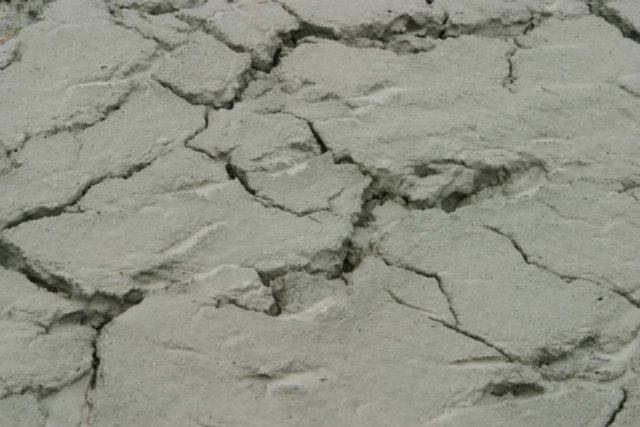

In addition, u nlike microfibre, the products are not electrified and do not “collect” dust. It is also worth mentioning that linen products dry very quickly, so you can u se them again and again, e. In addition, the natural origin of the fibers has antibacterial and b acteriostatic properties, reducing the risk of microorganisms multiplying on wet tissue. It is true that linen towels and linen cloths are characterized by the highest water absorption among natural textiles ( at least 25% of their b ody weight). However, it should be remembered that cotton can only take up 7% of its weight, which is significantly lower in the overall ranking than linen products. Their advantages are the lower price, the natural origin (unless the manufacturer adds a blend of synthetics to the composition), and, of course, the ability to absorb water. the use of fabric softeners) significantly affects the absorption capacity, so that the fabric used feels flabby, unpleasant, and stiff over time.Ĭotton cloths are the biggest competitor for linen. The material tends to electrify and change the fiber formula. That’s where their benefits come to an end. These properties mean that microfibre products actually absorb water quickly and dry relatively quickly, but. In their formula, these are up to ten times thinner than silk and thirty times thinner than cotton.

However, it should be borne in mind that microfibre is a synthetic fabric consisting of polyester and polyamide fibers. That’s why we find swimming pool towels, bathrobes, mops, and towels in the shops. Microfibre products are often mentioned in connection with absorption – on the market (unfortunately) it is this substance that is considered to be the leader. We are often asked the question: does linen absorb water? linen terry bathrobeĪBSORBTION OF LINEN, MICROFIBER AND COTTON This simple example best illustrates the absorption capacity that we appreciate not only in textiles in the kitchen or in the bathroom but also in summer clothes that have to cope with the heavy sweating of the skin. In addition, these two cloths dry at different speeds and contribute to the multiplication of microorganisms to different degrees. glaze) b ut also by the fibers and the origin of the fabric. These differences are influenced not only by the surface ( wooden panel vs. If you wipe off the stain, you will quickly notice that the fabric handles it differently. In a hurry, you reach for two fabrics: a linen cloth and a microfiber towel. Imagine pouring freshly b rewed fruit tea on the countertop and on the floor in the kitchen, for example just b efore Easter b reakfast.

What does that mean? Does linen absorb water? linen kitchen towels How absorbent a fabric is depends on many elements – including the production of the yarn, the fabric parameters, the finishing process and the intended use. This knowledge will be useful to answer the question whether flax absorbs water?Ībsorption is an extremely important quality that influences product performance both during manufacturing and during use. a towel to wipe off a spilled soup or a towel that wraps a wet body). This term comes from physical chemistry, which clarifies that it is the process of the formation of a substance into another substance, which is a continuous form (in this role the body is constantly – i. Let’s start with a little theory and explain what the water absorption capacity of textiles is. This tradition is the inspiration for the following post, in which we talk about the absorption abilities of different fabrics – a valuable property that you will not only appreciate during this spring holiday! We also answer the question – does linen absorb water? In addition to the Easter breakfast, there is also a West Slavic custom called “Dyngus” on the pages of the calendar. We celebrated this festive moment with the family with devilled eggs, a vegetable salad, and a warm, aromatic soup.


 0 kommentar(er)
0 kommentar(er)
